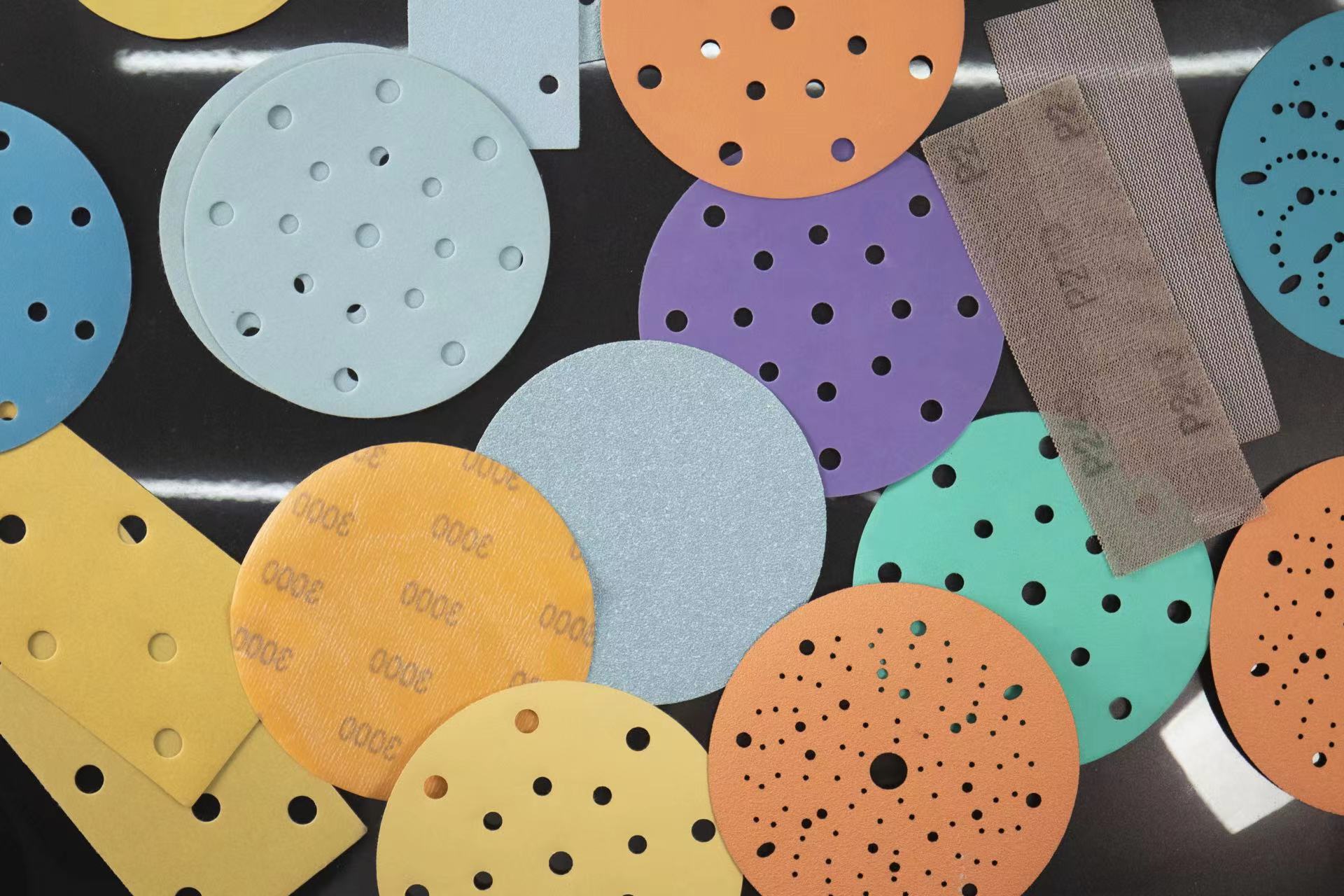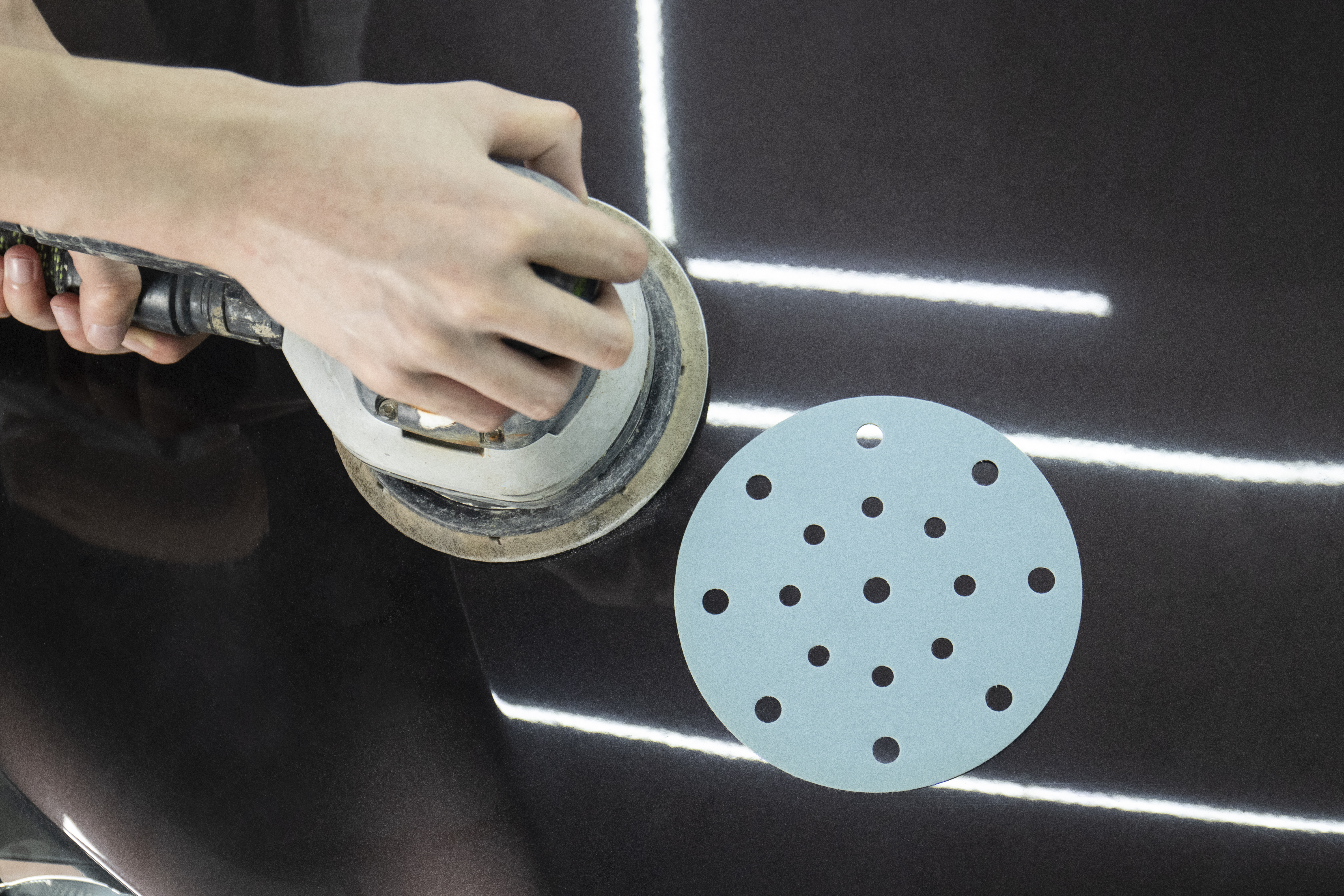Sanding discs are essential tools in woodworking, metalworking, and various other industries where smooth surfaces are paramount. One common differentiating feature among sanding discs is the presence or absence of holes. While seemingly minor, this distinction can significantly impact the efficiency and effectiveness of your sanding operations. In this article, we delve into the nuances of sanding discs with holes versus those without, exploring their respective advantages, applications, and considerations.
Understanding Sanding Discs:
Before delving into the differences, let’s establish a foundational understanding of sanding discs. These circular abrasive tools are typically mounted on sanders, grinders, or polishers for material removal, surface preparation, or finishing. Sanding discs come in various sizes, materials, grits, and configurations, offering versatility to suit different tasks and materials.
Sanding Discs with Holes:
Sanding discs with holes, also known as perforated discs, feature regularly spaced perforations across their surface. These holes serve multiple purposes, primarily aimed at enhancing dust extraction and heat dissipation during sanding operations. The key advantages of sanding discs with holes include:
- Improved Dust Extraction: The presence of holes facilitates efficient dust removal from the work surface. As the sander operates, dust particles are drawn through the perforations and into a dust collection system, minimizing airborne dust and promoting a cleaner working environment.
- Reduced Clogging: Effective dust extraction helps prevent clogging of the sanding disc, ensuring consistent performance over prolonged use. By expelling debris through the holes, the disc maintains its cutting ability and prevents premature wear, ultimately extending its lifespan.
- Cooler Operation: The perforations in sanding discs facilitate better airflow, aiding in heat dissipation during sanding. This helps prevent overheating of the abrasive material and the workpiece, reducing the risk of heat-related damage or discoloration, particularly when working with heat-sensitive materials.
- Enhanced Visibility:Clearing away dust from the work surface improves visibility, allowing operators to monitor the sanding process more effectively. This clarity enables precise control and helps achieve desired surface finishes with greater accuracy.
Applications of Sanding Discs with Holes:
Sanding discs with holes find widespread use across various industries and applications, including:
- Woodworking: Ideal for sanding wood surfaces, such as furniture, cabinets, and flooring, where dust extraction and heat control are crucial for achieving smooth finishes.
- Metalworking: Suitable for sanding metal components and surfaces, including automotive parts, metal furniture, and machinery, where effective debris removal and cooling are essential.
- Automotive Refinishing: Commonly used in automotive body repair and refinishing to prepare surfaces for painting or polishing, ensuring a clean, smooth substrate for optimal paint adhesion and finish quality.
- Construction: Employed in construction and remodeling projects for sanding drywall, plaster, and other building materials, facilitating efficient surface preparation and finishing.
Considerations for Sanding Discs with Holes:
When selecting sanding discs with holes, consider the following factors:
- Compatibility:Ensure compatibility with your sanding equipment, including the type of sander or grinder and the mounting mechanism. Choose discs that match the size and configuration of your tool’s backing pad or attachment system.
- Dust Collection:Verify the effectiveness of the dust extraction system, including the compatibility of the sanding disc with your dust collector or vacuum setup. Proper dust extraction is essential for maintaining a clean work environment and minimizing health risks associated with airborne dust exposure.
- Material and Grit:Select the appropriate abrasive material and grit size based on the specific material and surface finish requirements of your application. Consider factors such as hardness, abrasiveness, and desired level of surface refinement.
- Quantity and Cost:Evaluate the quantity of sanding discs needed for your project and compare prices from different suppliers to ensure cost-effectiveness. Consider purchasing in bulk or opting for value packs to save on expenses while ensuring sufficient supply for your operations.
Sanding Discs without Holes:
In contrast to perforated discs, sanding discs without holes feature a solid, uninterrupted surface without any perforations. While lacking the benefits associated with dust extraction and heat dissipation, these discs still offer certain advantages in select applications:
- Enhanced Material Removal: The absence of holes allows for more aggressive material removal, making solid sanding discs well-suited for rough sanding or leveling tasks where efficiency is paramount.
- Increased Durability: Solid sanding discs tend to be more durable and resistant to wear compared to perforated discs, as there are no perforations that could compromise the structural integrity of the abrasive material.
- Versatility: Solid sanding discs can be used in applications where dust extraction is not a primary concern, such as certain metal fabrication processes or heavy-duty material removal tasks where dust control measures are in place.
Conclusion:
In conclusion, the difference between sanding discs with holes and without holes lies primarily in their design, functionality, and intended applications. Perforated discs offer advantages in dust extraction, heat dissipation, and visibility, making them ideal for a wide range of sanding tasks across various industries. On the other hand, solid sanding discs excel in aggressive material removal and durability, catering to specific applications where dust extraction may not be a priority. By understanding the distinctions between these two types of sanding discs and considering their respective benefits and limitations, you can make informed decisions when selecting the most suitable abrasive tool for your sanding needs.



